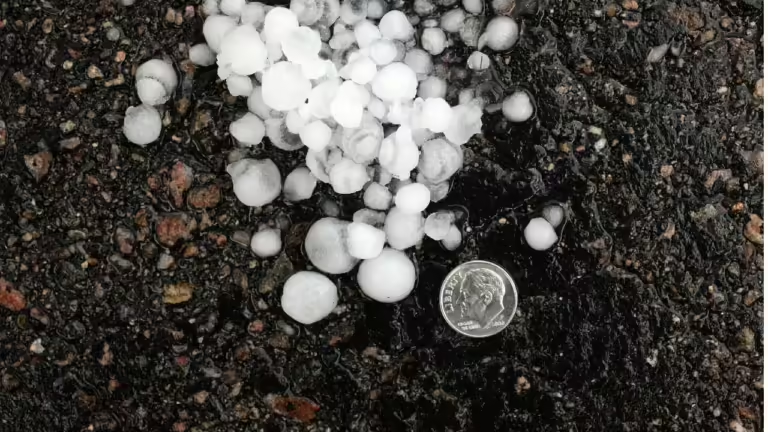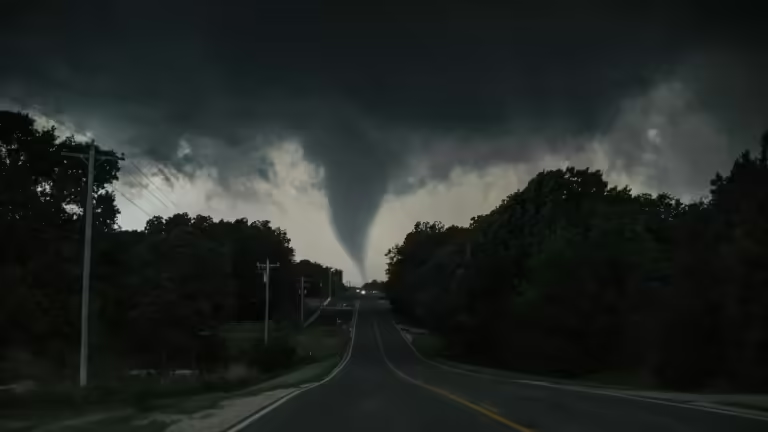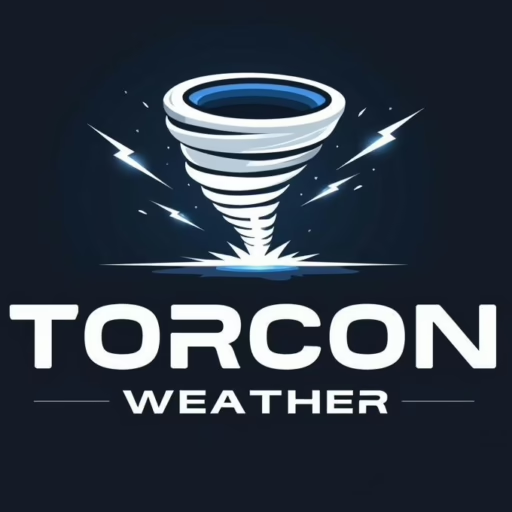The Life Cycle of a Supercell : Nature's Dynamic Thunderstorm
Supercells are among the most powerful and mesmerizing thunderstorms on Earth. They can produce severe weather phenomena such as tornadoes, large hail, and damaging winds. These rotating thunderstorms follow a distinctive life cycle driven by complex atmospheric dynamics. Understanding their development stages is essential for meteorologists and weather enthusiasts alike.
Stage 1: Development
Supercells typically form in environments with strong wind shear, a change in wind speed and direction with height, and ample instability in the atmosphere. Initially, a supercell begins as a discrete updraft, often characterized by a towering cumulonimbus cloud reaching high into the sky
Stage 2: Mature Supercell
As the updraft intensifies, the supercell enters its mature phase. Within the storm, a well-defined rotating updraft, the mesocyclone, develops. This rotation distinguishes a supercell from other thunderstorms and is crucial for potentially developing tornadoes.
Stage 3: Severe Weather
During the mature phase, a supercell can produce a variety of severe weather hazards. Large hailstones form within the strong updraft, growing as they cycle through the storm multiple times. Intense rainfall and frequent lightning are common characteristics of a supercell.

Stage 4: Tornado Formation
Under favorable conditions, a supercell may produce tornadoes. Tornadoes develop when the mesocyclone’s rotation tightens and stretches downward toward the ground, forming a funnel cloud. If the funnel cloud contacts the ground, it becomes a tornado.

Stage 5: Dissipation
Supercells eventually dissipate as their energy source weakens or when they move into less favorable atmospheric conditions. The storm’s downdrafts become dominant, cutting off the updraft and leading to the gradual collapse of the storm system.
Conclusion
The life cycle of a supercell is a testament to the raw power and complexity of atmospheric dynamics. Each stage offers insight into how these thunderstorms evolve and impact their surroundings, from their formation to their potential for producing extreme weather. By studying and understanding their life cycle, meteorologists can better predict and warn communities about the severe weather hazards of supercells. By respecting the capabilities and dangers of supercells, we can enhance our preparedness and response to severe weather events, ensuring safety and minimizing the impact on lives and property.
